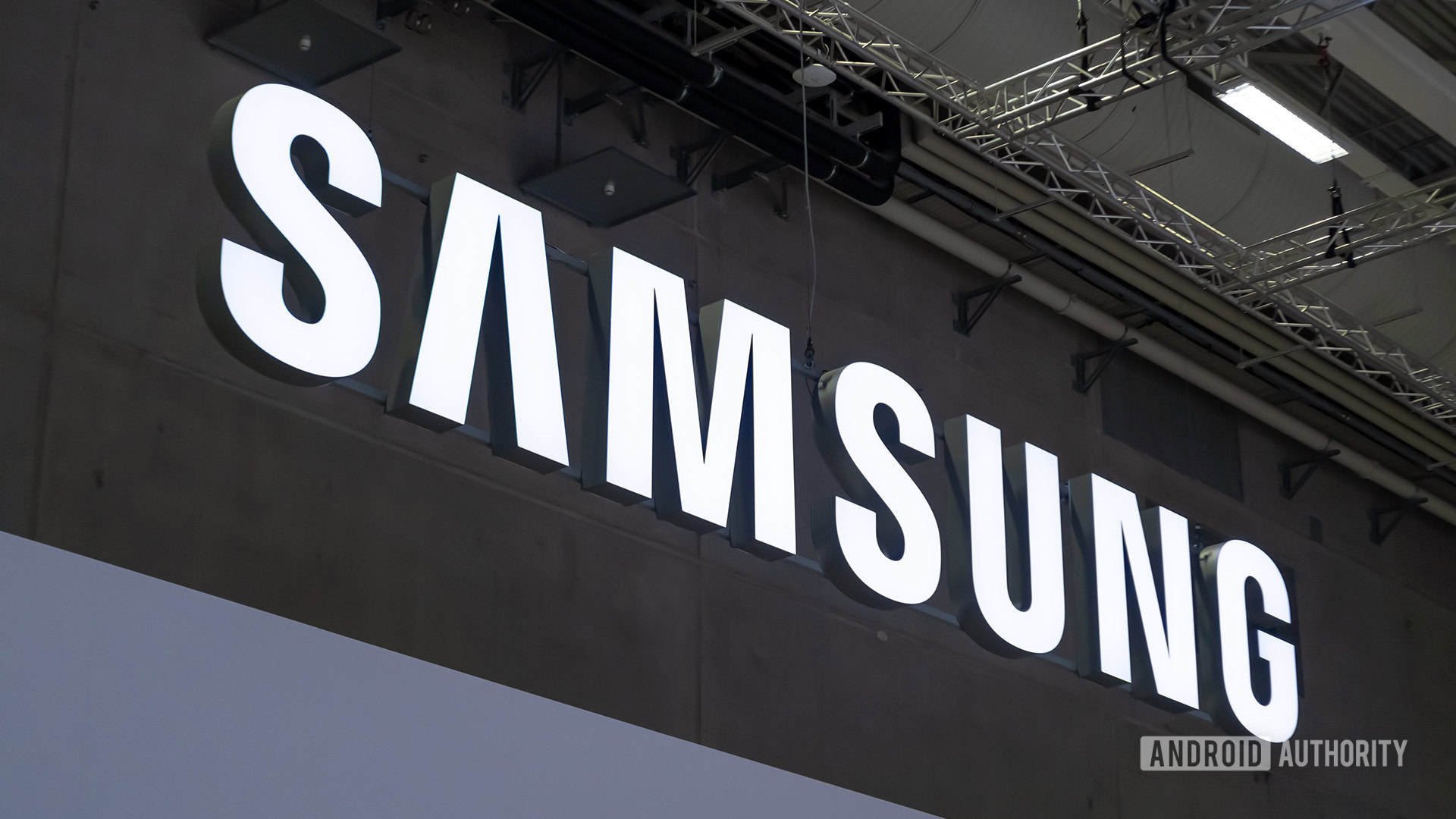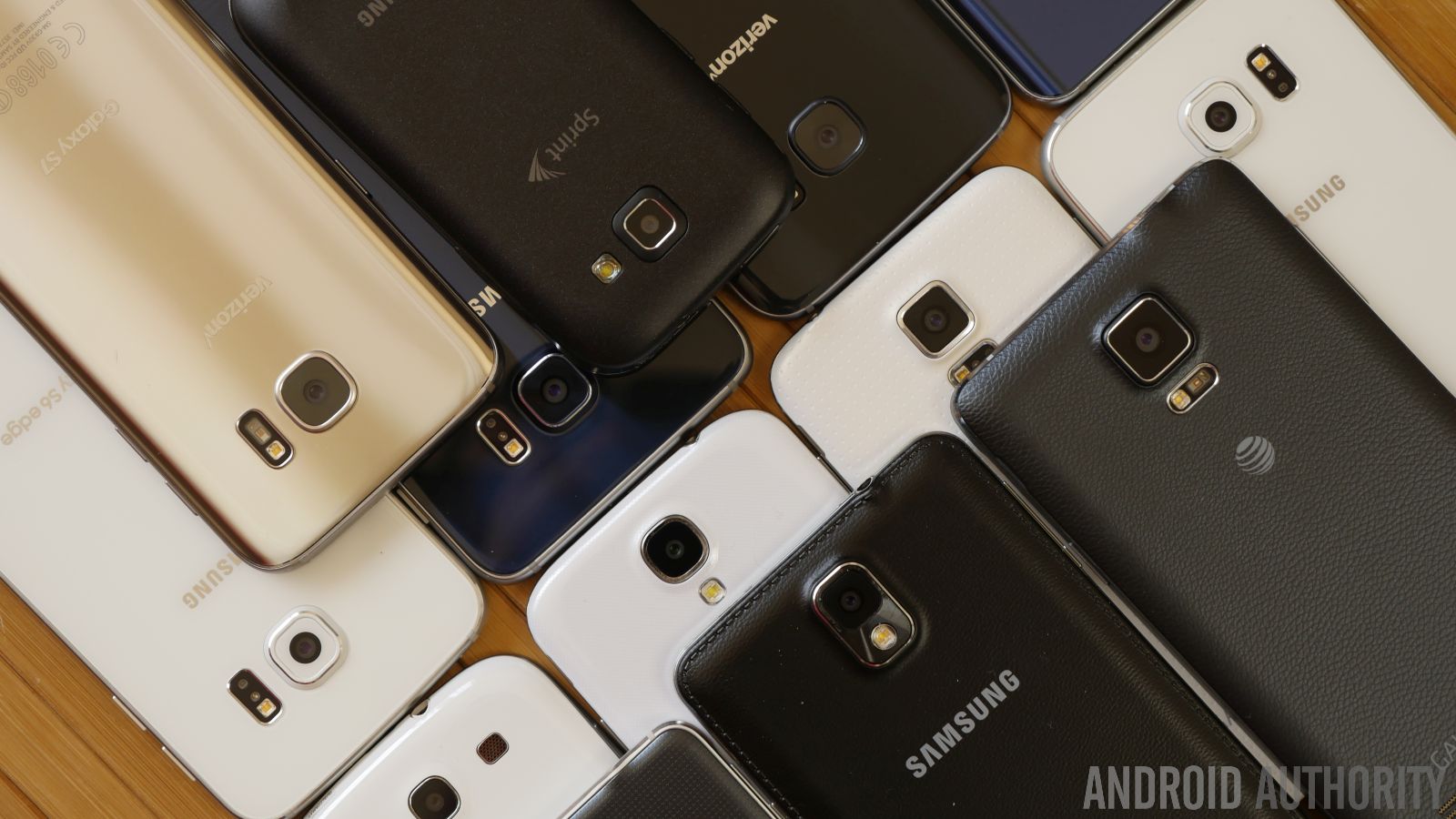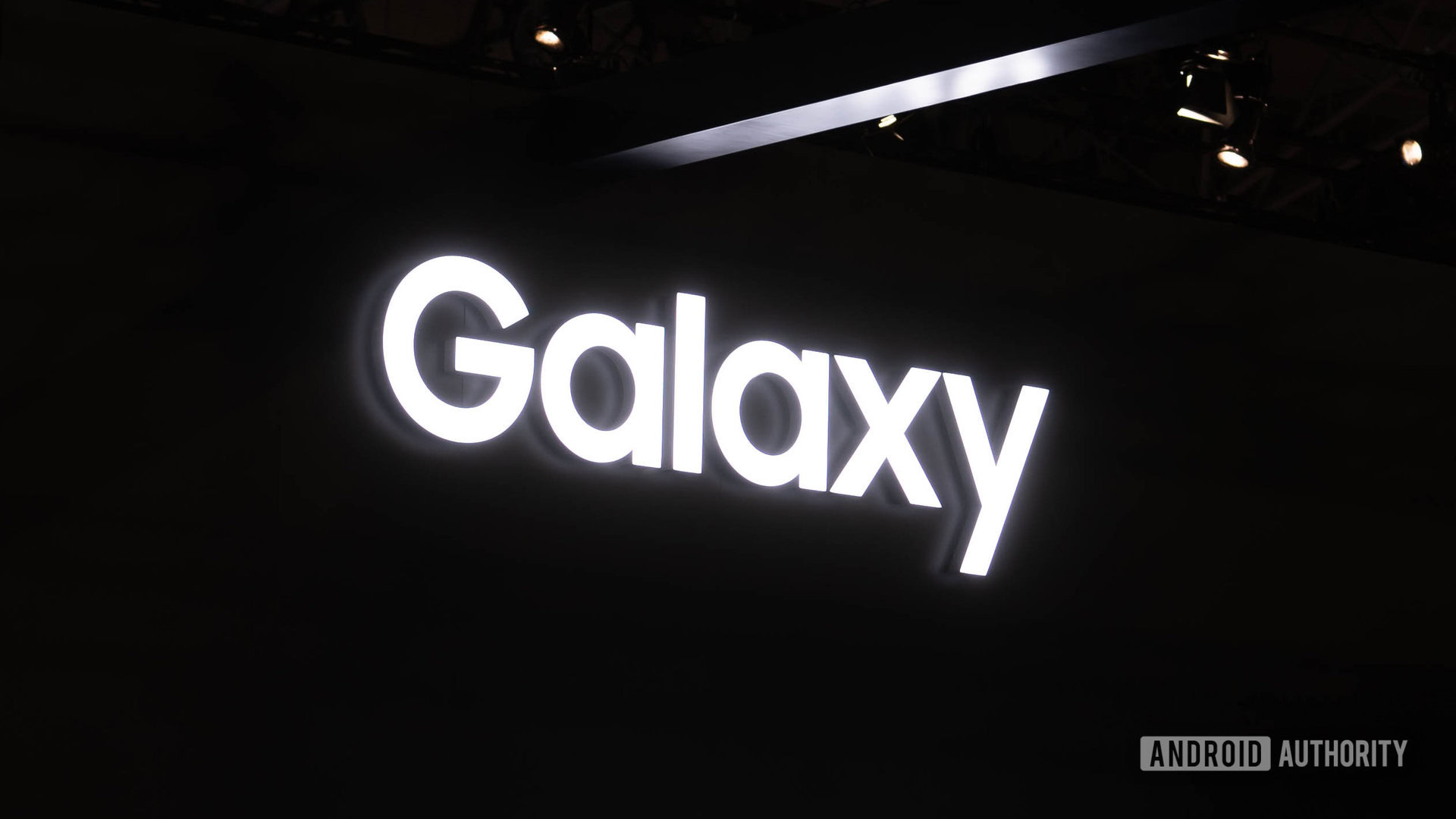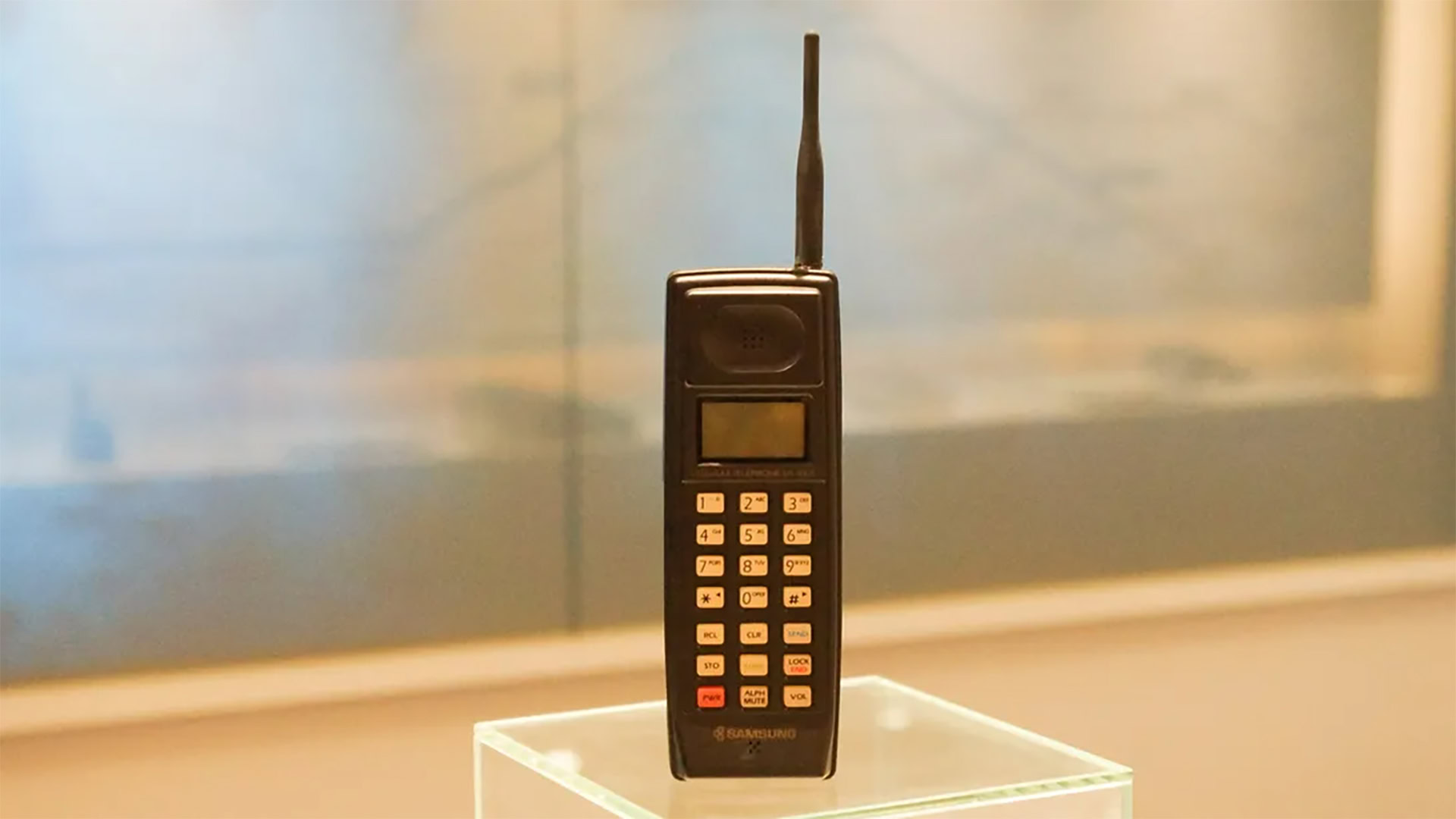Affiliate links on Android Authority may earn us a commission. Learn more.
What was the first Samsung cell phone ever? Take a look!

Samsung is the world’s largest smartphone manufacturer and has held that crown for a few years now. Many even associate the company with Android itself. Indeed, Samsung has plenty to boast about, from strong product presence across price tiers to halo technologies like the Galaxy Z Fold series. But it wasn’t always like this — the first Samsung phone hit the market long before Android existed. The company wasn’t always a market leader either, with some stumbles like Bada OS and Tizen along the way.
So in this article, let’s go down memory lane and revisit some of Samsung’s first attempts at building a cell phone, when it embraced Android, and how the company became the success story we know today.
When did Samsung start making phones?
You may be surprised to learn that Samsung is nearly 100 years old at this point. In fact, when the company was founded in 1938, it didn’t even make or sell electronics at all. That would come much later in 1969, under the affiliate Samsung Electronics. The company’s first cellular product was an in-car handset under the title SC-1000 in 1985, but it failed to gain traction due to quality issues. Samsung Electronics went back to the drawing board and produced the SH-100 three years later in 1988.
Samsung's first ever cell phone was the SH-100. It hit the Korean market in 1988.
The SH-100 (pictured above) wasn’t just Samsung’s first portable cell phone, it was also the first Korean-manufactured handset, debuting very early on in the history of cell phones. However, mobile phones were seen as luxury goods at the time. High prices meant that Samsung only sold a few thousand units of each generation. Nevertheless, the Korean giant released new models each year.
Five years later, the persistence paid off and Samsung introduced the SH-770 to critical acclaim. It boasted a slimmer and lighter design than its predecessors and was sold under the brand name “Anycall”. Thanks to a larger marketing budget, Samsung managed to gain consumer trust and market share. By 1995, over half of all cell phones sold in Korea were Samsung-made. A year later, the company inked a $600 million deal with Sprint to develop and sell CDMA phones in America.
After cornering around half of the world’s CDMA handset market, Samsung turned its sights to GSM and international expansion. In the years leading up to the company’s first Android smartphone, it challenged Nokia and Motorola in most major markets.
Samsung’s first Android phone: The Galaxy GT-I7500

In 2009, Samsung announced its first-ever Android smartphone: the Galaxy GT-I7500. At the time, Android was just one of many mobile operating systems in the company’s portfolio. You could get a Samsung phone running the Java-based REX, Bada OS, Windows Mobile, or even Nokia’s Symbian operating system.
The original Samsung Galaxy featured a 3.2-inch AMOLED capacitive touchscreen — a premium feature at the time. And at a price tag of nearly £500, that was no coincidence. The GT-I7500 was clearly aimed at the higher-end market.
The Samsung Galaxy GT-I7500 ran Android 1.5 with little to no added customization, unlike HTC’s Sense UI and Motorola’s social networking-focused MotoBlur interface. Coupled with an unnamed Qualcomm chip running at 528MHz, reviewers at the time praised the phone for its snappy performance and responsiveness.
The original Samsung Galaxy ran stock Android 1.5 and only got one major Android update.
However, running an unmodified version of Android also meant that the original Samsung Galaxy missed out on some key features versus the competition. Multi-touch functionality like pinch and zoom, for example, was absent since the feature wasn’t added to stock Android until the release of 2.0 Eclair.
Still, Samsung’s first Android phone was well-received and paved the way for the Samsung Galaxy S series, which would debut only a year later. The latter brought numerous improvements — a sleeker design, a 1GHz processor, and a larger 4.0-inch display, among others. Samsung eventually sold over 25 million units of the Galaxy S. And while the company continued to release phones running non-Android operating systems for a few years, that ended in 2017 with the Samsung Z4.
Were Samsung phones a big deal back in the day?

While the original Samsung Galaxy and Galaxy S were successful enough, they faced tough competition from the likes of HTC, Motorola, Nokia, and even BlackBerry. According to data from Statista, Samsung’s global market share didn’t exceed 5% until 2010. By comparison, Nokia had cornered nearly 40% of the market at that point.
Indeed, it wasn’t until the Galaxy S2 and S3 that the company really gained momentum in the Android and broader phone market. However, Samsung’s fortune flipped rather quickly after that. The Galaxy S3 was one of the first Android smartphones to properly compete with the iPhone. In fact, Samsung sold nearly as many units as the iPhone 5 that year.
The Galaxy S3 marked an inflection point for Samsung.
At its peak in 2012, one in every three smartphones sold globally was made by Samsung. The momentum continued for a few years until Chinese brands like HUAWEI and Xiaomi began competing with Samsung in the sub-flagship price segment. But even today, the Korean giant hasn’t lost its foothold entirely as it accounts for roughly 21% of global smartphone shipments.
The legacy of Samsung’s first Android phone continues to this day as Samsung-made AMOLED screens remain prevalent across the smartphone industry. Similarly, the Galaxy S has become one of the longest-running phone series alongside the iPhone. The successes of smartphones like the Galaxy S23 Ultra have not only cemented Samsung as the top Android brand, but also enabled R&D of cutting-edge technologies like foldable smartphones.
Further reading: The evolution of the Android operating system over the years
